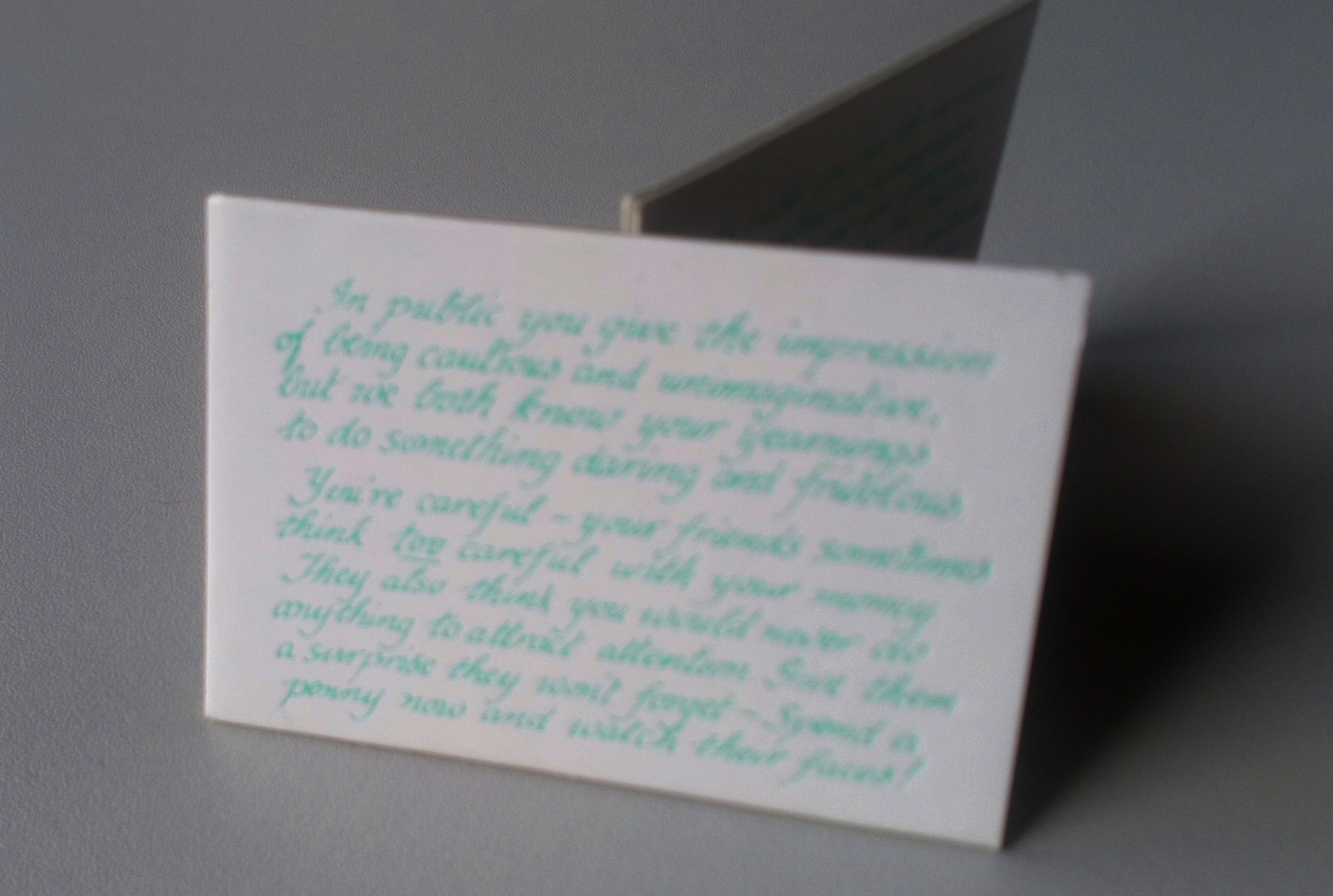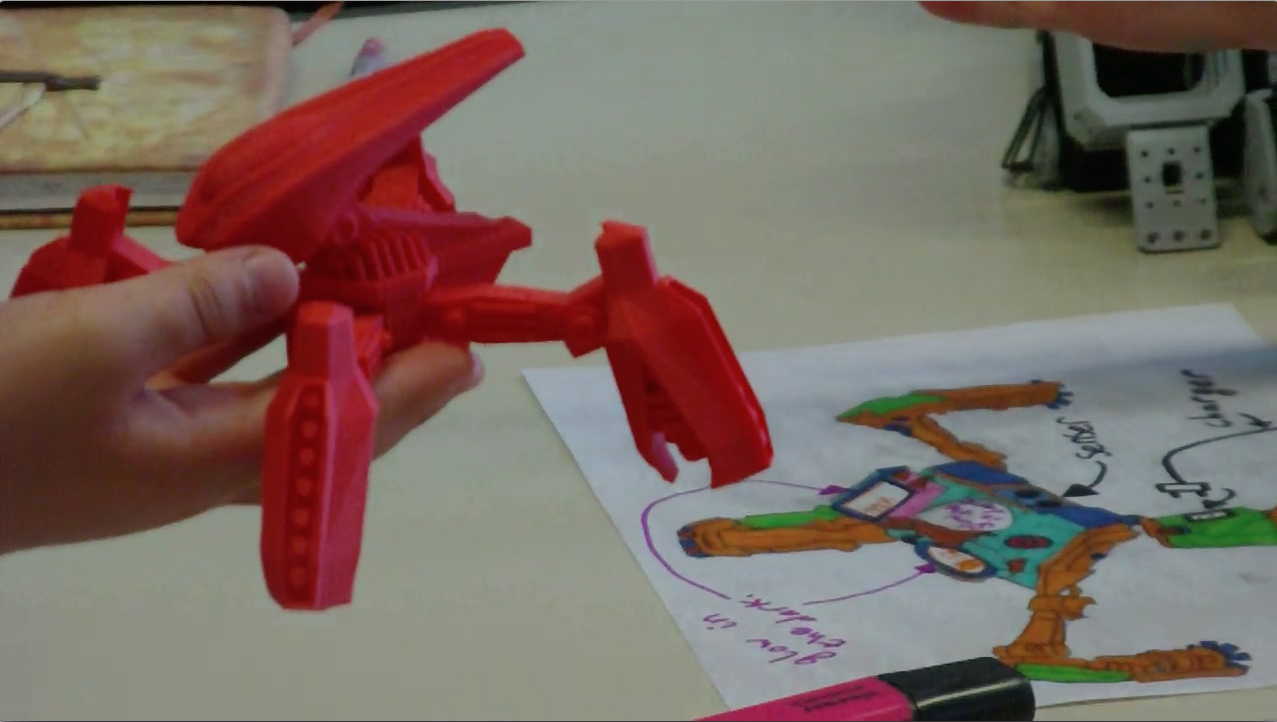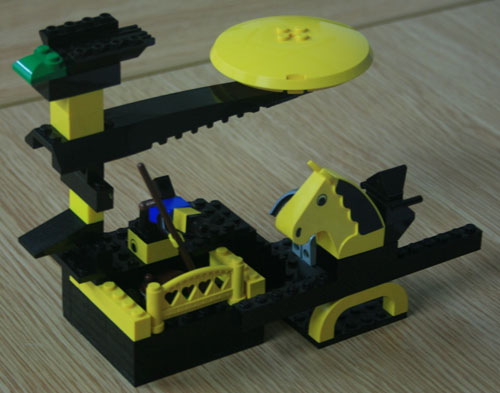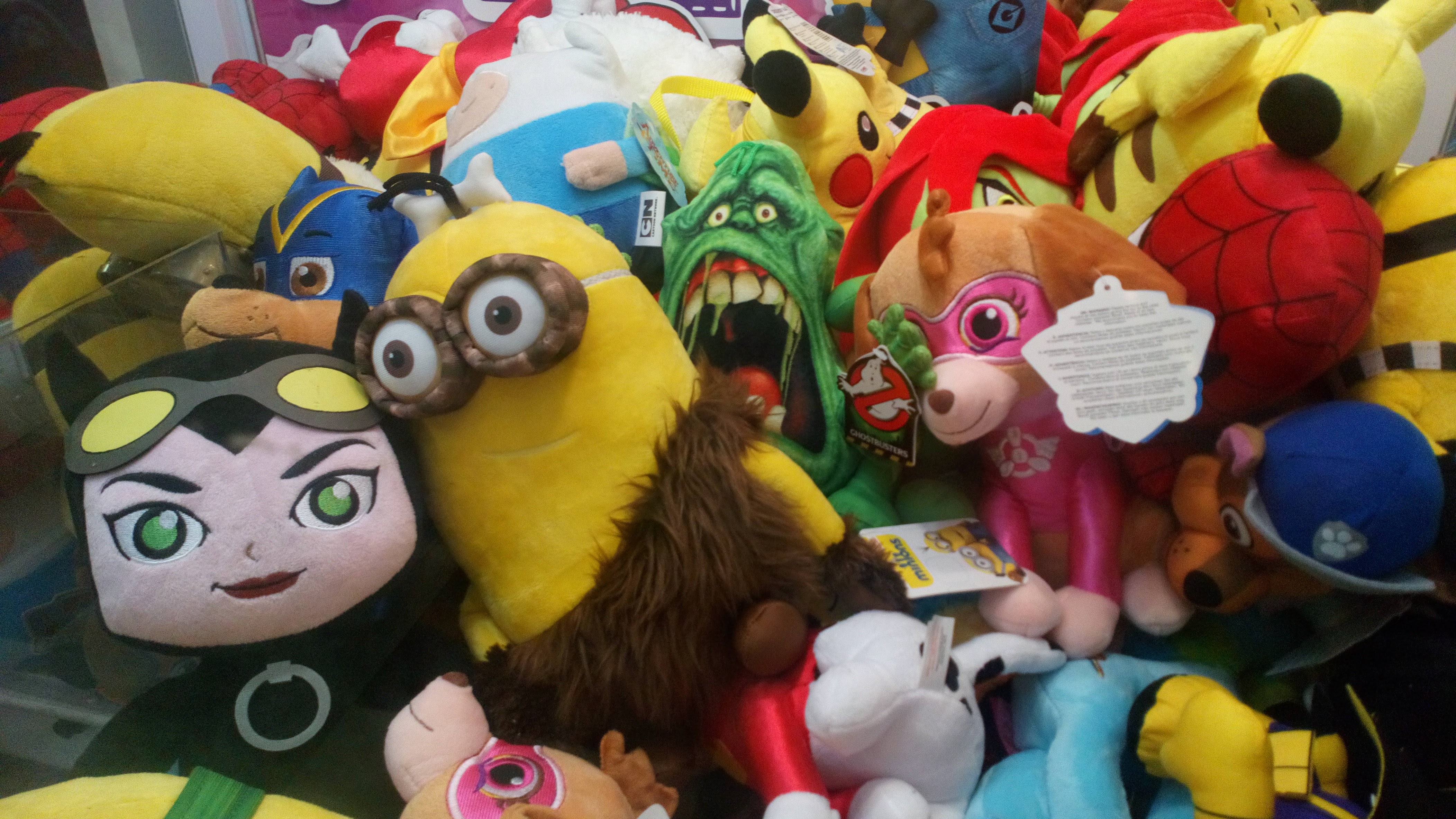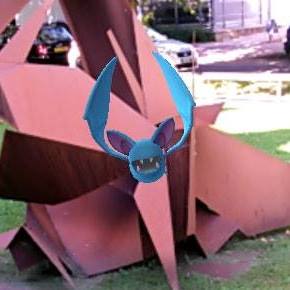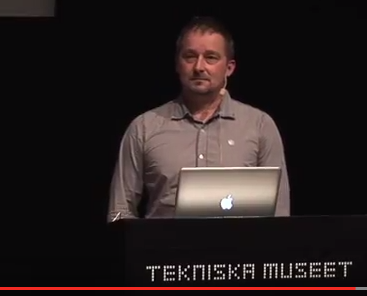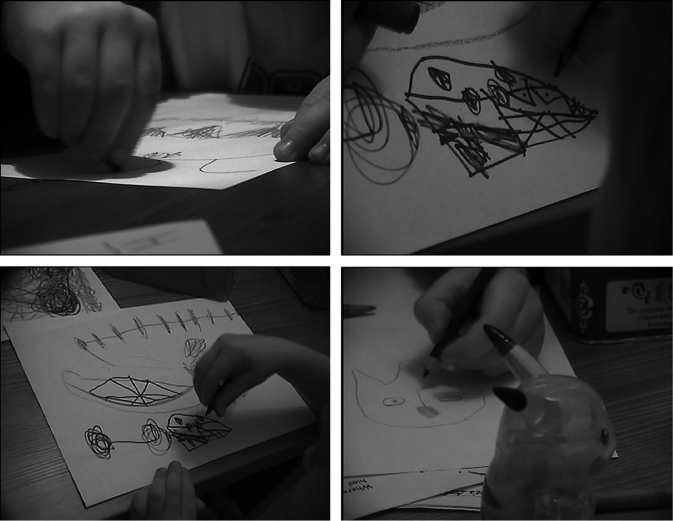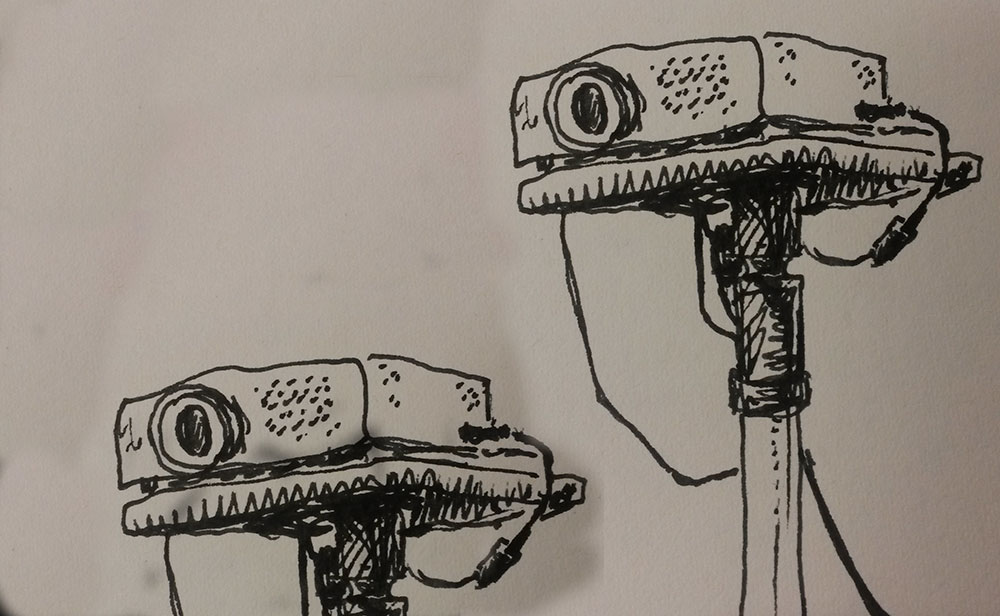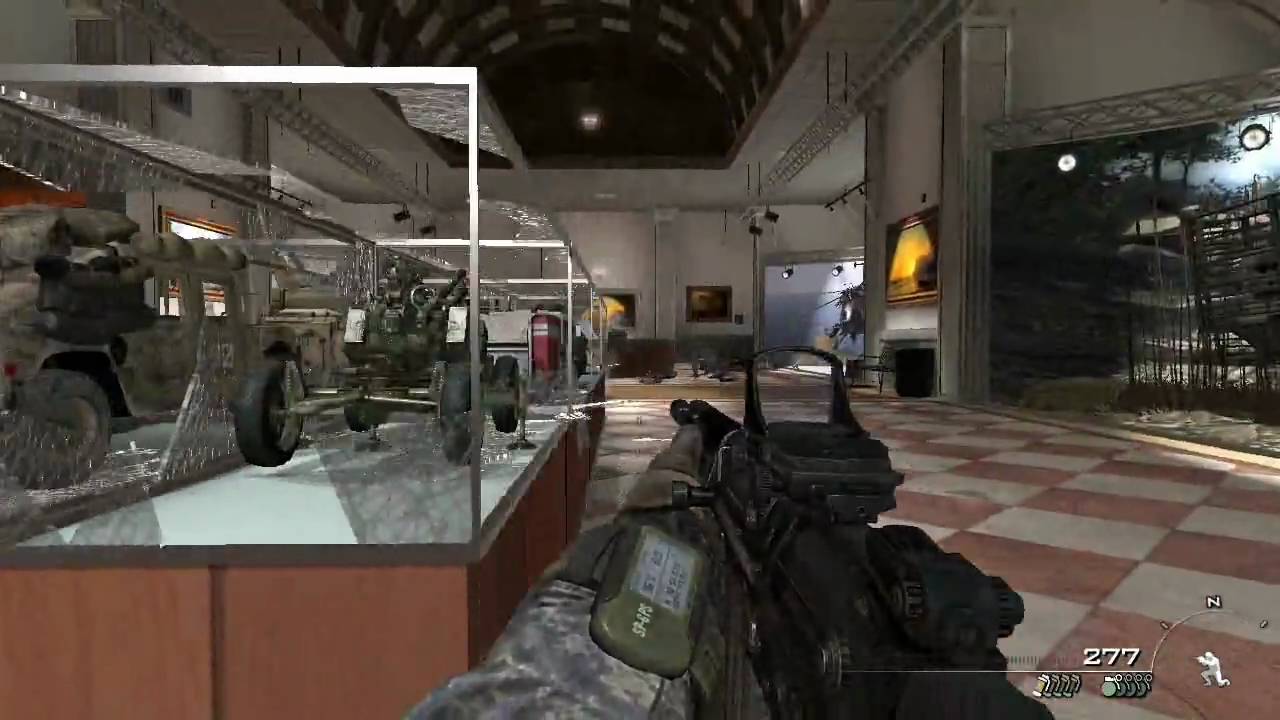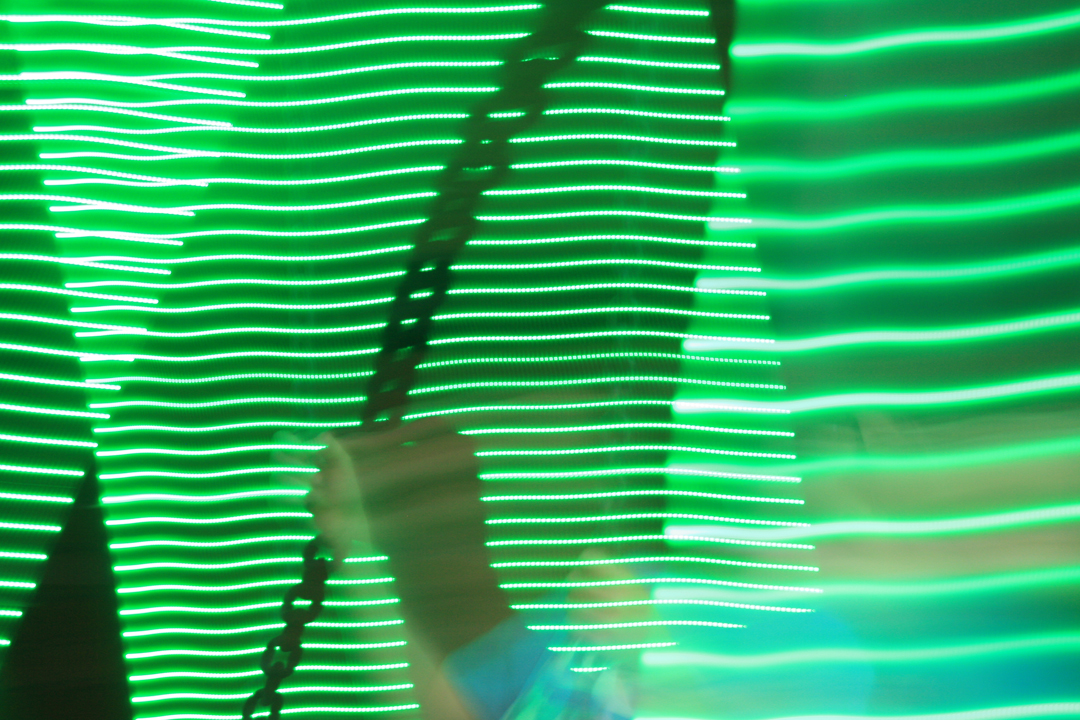I know who I am, but who are we? Distributed subjectivity in the postindustrial machinic phylum. The card is delivered to me from a…
Category: distributed imagination
toying with the singularity
I’ve added a draft of ‘Toying with the singularity’ to the Publications page – a chapter for The Internet of Toys: practices, affordances and the political…
why so Serious(tm)? playing with LEGO Serious Play
edited excerpt from Ashton and Giddings 2018, At work in the toy box: bedrooms, playgrounds and theories of play in creative cultural work International Journal of…
toyworlds
Toys, materiality, and imagination (extracts from Gameworlds: virtual media and children’s everyday play, NY: Bloomsbury 2014).
Pokémon Go as distributed imagination
Here’s a draft of a short article accepted for a special section of Mobile Media & Communication on Pokémon Go: The appeal of…
prosthetic imagination, augmented memory
What did I say at the ‘Amusing and Disturbing’ symposium on gaming and children at the Tekniska Museet in Stockholm in April? Ah, I…
distributed imagination
Distributed imagination: small steps to an ethology of mind and media This project will theorise the imagination in postdigital mediated environments. Imagination has at…
the hybrid realities of Pokémon (before Pokémon Go)
Excerpt from Gameworlds: virtual media and children’s everyday play, 79-85. Transmedia systems: Drawing Pokémon As a transmedia system, Pokémon is designed to open up numerous and…
small steps to an ethology of mind and media
Slides for my talk at the Media Theory in Transit symposium organised by Yigit Soncul and Jussi Parikka at Winchester School of Art, 24th…
the imaginative turn I
Yigit Soncul and Jussi Parikka organised Media Theory in Transit, a stimulating symposium at WSA this week. Full details and the programme are here….
SimKnowledge
I have a chapter in Michelle Henning’s Museum Media, one of Wiley’s new International Handbooks of Museum Studies. It’s called ‘SimKnowledge: what museums can learn…
on not re-inventing Centrifugal Bumble-Puppy
Outside, in the garden, it was playtime. Naked in the warm June sunshine, six or seven hundred little boys and girls were running with…
